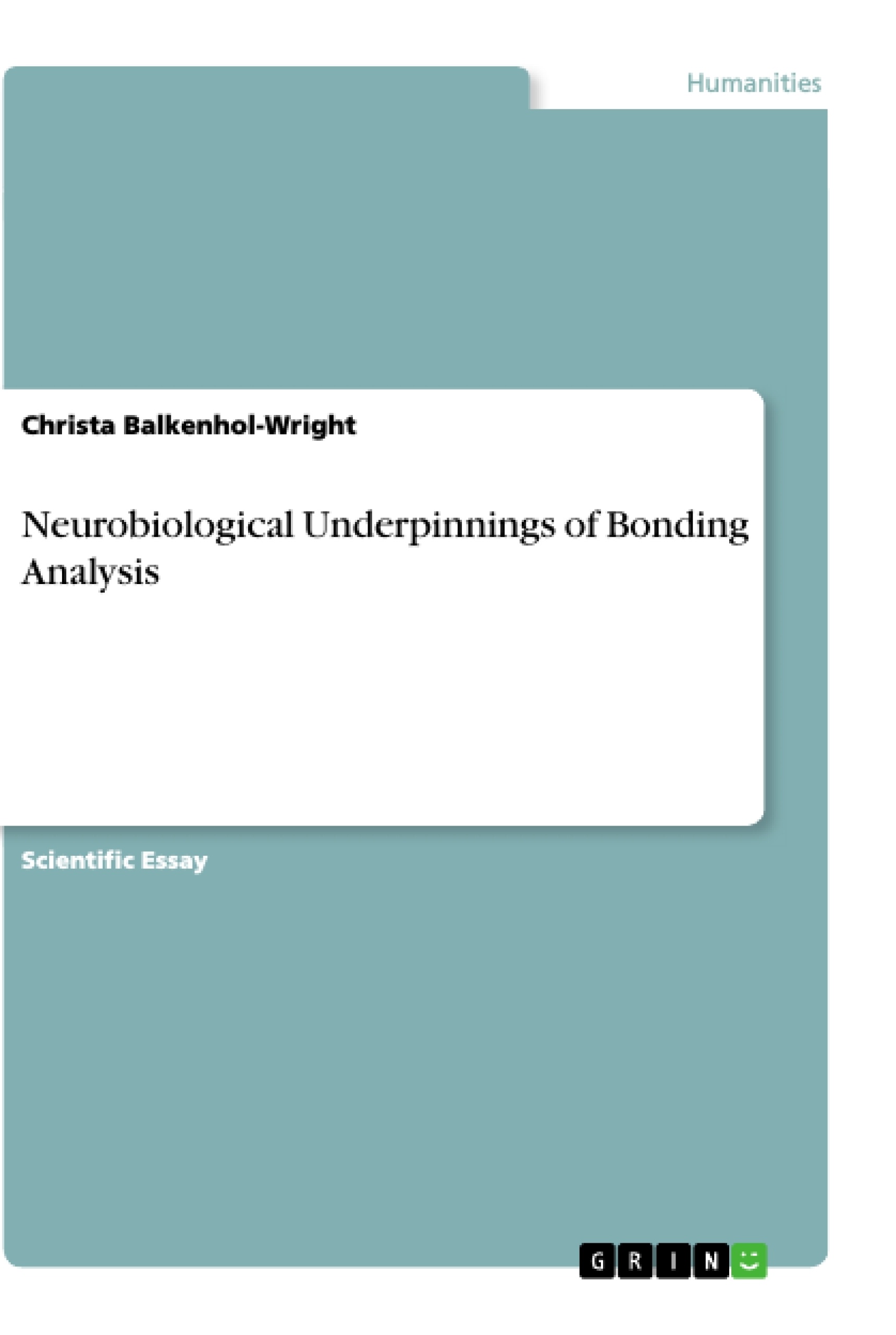This paper deals with the origins of bonding analysis and prenatal bonding, as well as the impact of maternal stress during pregnancy and further prenatal traumas.
In the late 1980s, an eminent Hungarian psychotherapist, the late Dr. Jenö Raffai, developed a revolutionary new method he later called Bonding Analysis with which he accompanied pregnant women throughout their pregnancy, enabling the mothers-to-be to get into mental and emotional contact with their unborn babies. The primary objectives were on the one hand to satisfy the baby’s primal needs for bonding—that is to say, for feeling accepted, secure, protected, and most of all loved—and on the other hand to enhance the future mother’s bonding capacity.
Table of Contents
The Origins of Bonding Analysis
Prenatal Bonding
Prenatal Bonding: Its Importance, Functioning, and Neurobiological Processes
The Impact of Maternal Stress During Pregnancy
The Impact of Prenatal Influences: A Case History
Further Prenatal Traumas
Neurobiological Underpinnings of Bonding Analysis
References
- Citar trabajo
- Christa Balkenhol-Wright (Autor), 2018, Neurobiological Underpinnings of Bonding Analysis, Múnich, GRIN Verlag, https://www.grin.com/document/922723
-

-

-

-
¡Carge sus propios textos! Gane dinero y un iPhone X. -

-
¡Carge sus propios textos! Gane dinero y un iPhone X. -

-
¡Carge sus propios textos! Gane dinero y un iPhone X. -

-
¡Carge sus propios textos! Gane dinero y un iPhone X. -

-
¡Carge sus propios textos! Gane dinero y un iPhone X.

